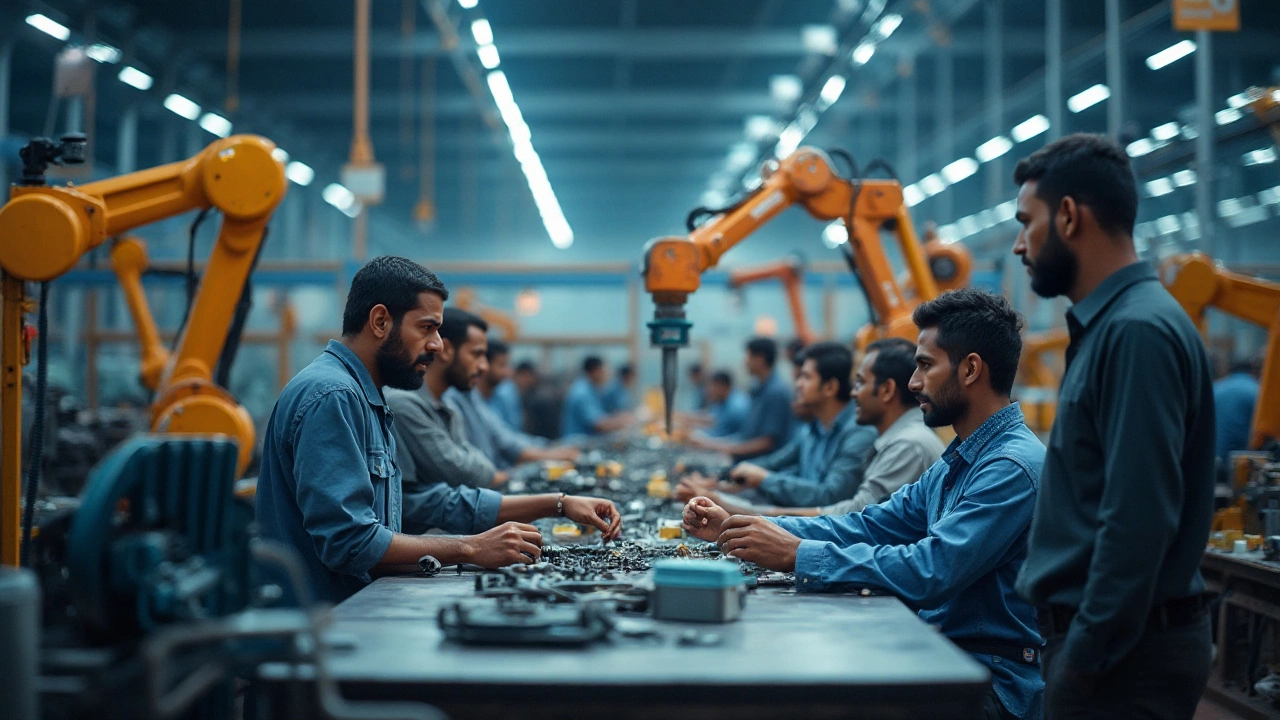American Economy Overview
When you hear "American economy" most people picture big factories, Wall Street tickers, and endless consumer choices. In reality it’s a mix of fast‑moving tech startups, aging steel plants, and a labor market that keeps shifting every quarter. Understanding the main forces at play helps you spot where money flows, which sectors are hiring, and what risks could pop up next.
Key Drivers of Growth
First off, consumer spending still makes up about 70% of U.S. GDP. When people buy smartphones, cars, or even a cup of coffee, that cash goes straight into the economy. Recent data shows a modest rise in disposable income, especially in suburban areas, which keeps retail and e‑commerce buzzing.
Manufacturing may not dominate headlines like it did in the 1950s, but it remains a critical pillar. Industries such as aerospace, pharmaceuticals, and specialty chemicals continue to export billions of dollars each year. The push for “reshoring” – moving production back from overseas – adds another layer of investment, especially in high‑tech components and green energy equipment.
Technology is the wild card that’s reshaping everything. Cloud services, AI, and electric‑vehicle (EV) production have pulled a lot of venture capital into the U.S. market. Companies that blend software with hardware are seeing margins that outpace traditional manufacturers.
Challenges and Future Outlook
Inflation still bites. Even though the Federal Reserve has raised rates, prices for raw materials, especially steel and aluminum, stay high. That squeezes profit margins for construction firms and any business that relies on metal parts.
Labor shortages are another headache. Skilled workers in welding, CNC machining, and advanced robotics are in short supply, driving wages up. Training programs and apprenticeship incentives are helping, but the gap won’t close overnight.
Trade policies add uncertainty. Tariffs on certain imports can make raw material costs jump unexpectedly, while new trade agreements may open doors for U.S. exporters in Asia and Europe. Keeping an eye on policy shifts is essential for anyone with supply‑chain exposure.
Looking ahead, the green transition offers both risk and reward. The government’s clean‑energy goals mean more funding for solar panels, wind turbines, and battery manufacturing. Companies that can adapt their production lines to eco‑friendly standards stand to capture a growing slice of the market.
In short, the American economy is a moving target. Strong consumer demand, a resilient manufacturing base, and rapid tech adoption keep growth alive, while inflation, labor tightness, and policy swings pose real hurdles. By tracking these trends and staying flexible, businesses and investors can navigate the ups and downs and find real opportunities in the U.S. market.

The Impact of Manufacturing on American Society and Economy
Manufacturing drives innovation, supports a resilient supply chain, and creates economic opportunities across the United States. As a crucial sector, manufacturing shapes society by stimulating technological advancements and fostering job creation. Government initiatives play a significant role in facilitating growth and addressing emerging challenges in this domain. Discover the multifaceted contributions of manufacturing to American society and the economy.
Read More